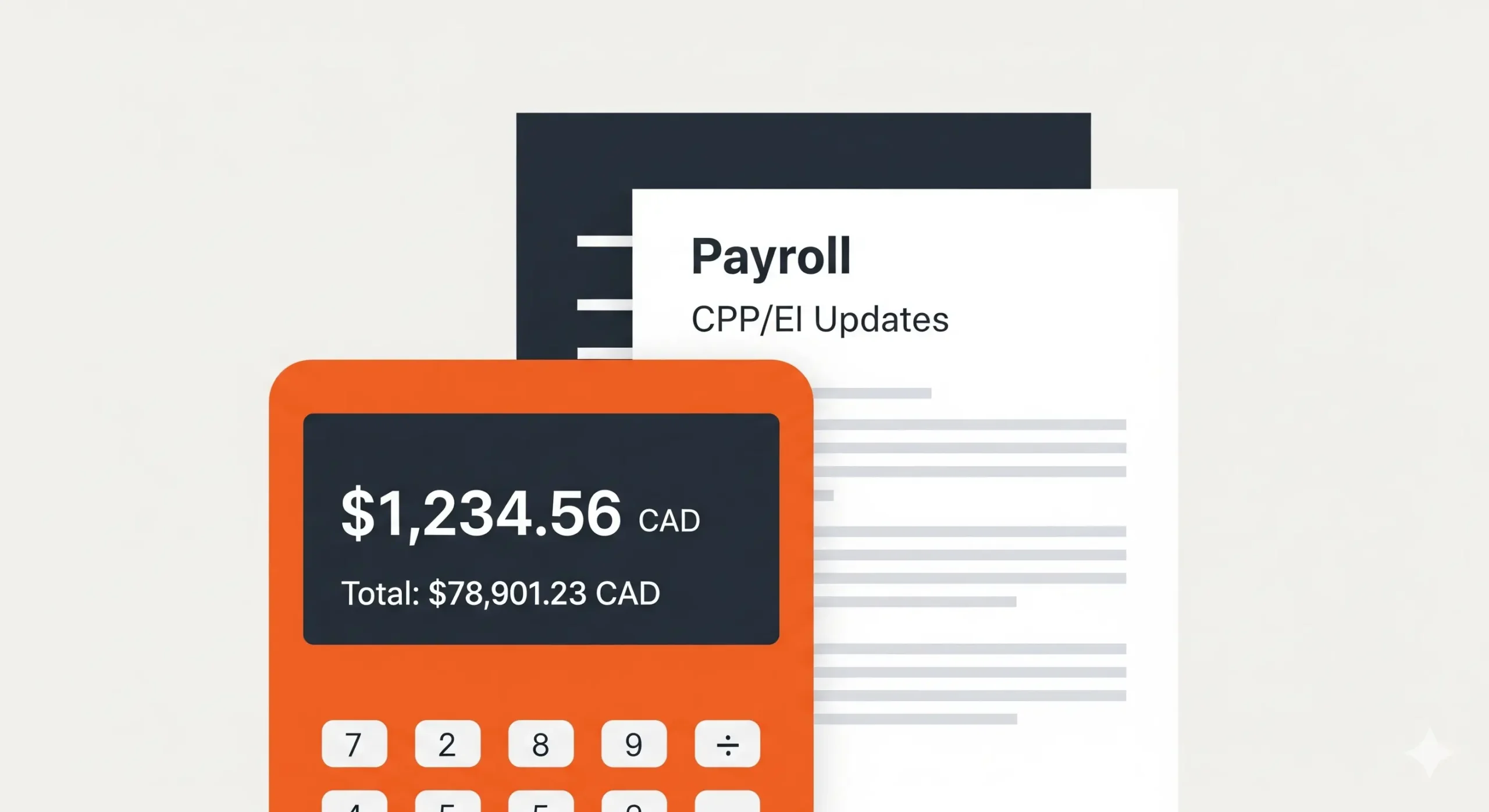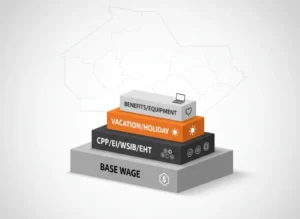As we head into 2025, Canadian employers must prepare for another round of significant payroll compliance updates. Each year brings adjustments to contribution rates and earnings limits, but the ongoing enhancements to the Canada Pension Plan (CPP) are introducing new layers of complexity. Staying informed is not just good practice—it’s essential for accurate payroll processing, budgeting, and maintaining compliance with the Canada Revenue Agency (CRA).
These changes will impact your payroll calculations, employer costs, and your employees’ take-home pay. This guide from Divino Business Solutions breaks down the key adjustments for 2025, including the second phase of CPP contributions (CPP2), new Employment Insurance (EI) rates, and other federal tax updates you need on your radar.
The Second CPP Contribution (CPP2) is Here
The most significant change for 2025 is the full implementation of the second tier of enhanced CPP contributions, known as “CPP2.” This system, which began in 2024, creates a new, higher earnings ceiling for contributions, meaning higher-earning employees and their employers will be contributing more.
Understanding the Two Tiers of CPP Earnings
For 2025, payroll deductions for CPP will be based on two different earnings ceilings:
- The Year’s Maximum Pensionable Earnings (YMPE): This is the first earnings ceiling. For 2025, the YMPE has increased to $71,300. The standard employee and employer contribution rate of 5.95% applies to earnings up to this amount (after the basic $3,500 exemption).
- The Year’s Additional Maximum Pensionable Earnings (YAMPE): This is the new, second earnings ceiling. For 2025, the **YAMPE is set at $81,200**. A new contribution rate of 4.0% applies to the portion of an employee’s earnings that falls between the YMPE ($71,300) and the YAMPE ($81,200).
Essentially, once an employee’s income surpasses the first ceiling (YMPE), they will continue making CPP contributions at a different rate until they reach the second ceiling (YAMPE). This two-tiered structure is designed to increase future retirement benefits for Canadian workers.
Other Key Payroll Adjustments for 2025
Beyond the CPP2 changes, employers need to account for annual adjustments to Employment Insurance premiums and federal tax brackets.
“Accurate and timely payroll is a non-negotiable part of HR. Proactively updating your systems for these 2025 changes prevents costly errors and ensures employees are paid correctly.”
Employment Insurance (EI) Premiums
The federal government has also announced the EI rates for 2025. The key figures are:
- Maximum Insurable Earnings (MIE): The MIE for 2025 has risen to $65,700. This is the maximum annual income on which EI premiums are paid.
- Employee Premium Rate: The employee EI premium rate for 2025 is $1.64 per $100 of insurable earnings.
- Maximum Contribution: This results in a maximum annual EI contribution of $1,077.48 for an employee.
Employers contribute 1.4 times the employee amount, so their maximum annual contribution per employee will be $1,508.47.
Federal Tax Bracket Adjustments
Federal income tax brackets and the basic personal amount (BPA) are indexed to inflation each year. While the 2025 brackets have been adjusted upwards, the most notable change is a reduction in the lowest federal tax rate from 15% to 14%, which takes effect on July 1, 2025. For payroll purposes, this will be reflected in updated payroll deduction tables from the CRA for the second half of the year.
What Canadian Employers Should Do Next
Navigating these updates requires proactive preparation. Ensuring your payroll systems and processes are ready for January 1st is critical for a smooth transition and is a key component of your Canadian payroll compliance for 2025.
Here are three steps to take now:
- 1. Update Your Payroll Software and Systems: Whether you use payroll software or a third-party provider, confirm that it will be updated with the 2025 YMPE, YAMPE, EI rates, and federal tax tables. This is especially critical for correctly calculating the new two-tiered CPP2 contributions.
- 2. Communicate Changes to Your Employees: These adjustments will affect the net pay of your employees, particularly higher earners. Proactively communicate these upcoming changes in a staff memo or notice. Explaining why deductions are changing (i.e., to fund enhanced future retirement benefits) can help manage questions and concerns.
- 3. Budget for Increased Employer Costs: The increases in the YMPE, YAMPE, and MIE mean higher employer-paid payroll taxes. Review your 2025 budget to account for these increased costs to avoid any financial surprises during the year.
Need help navigating HR changes? Book your free HR audit today or speak with our team about how Divino can support your business.




